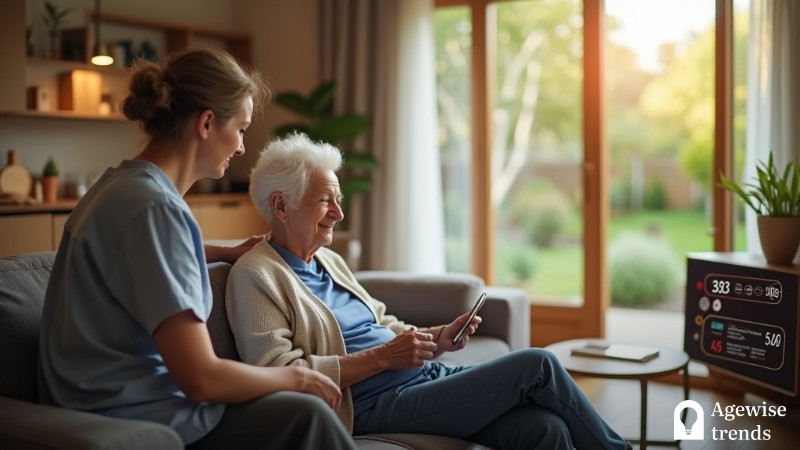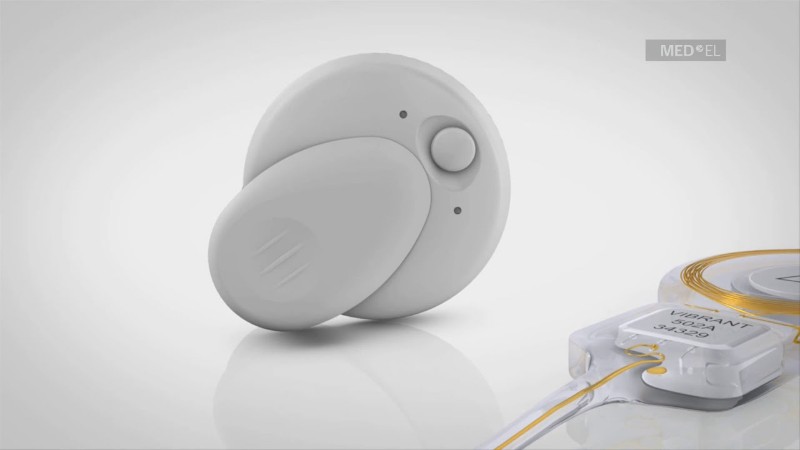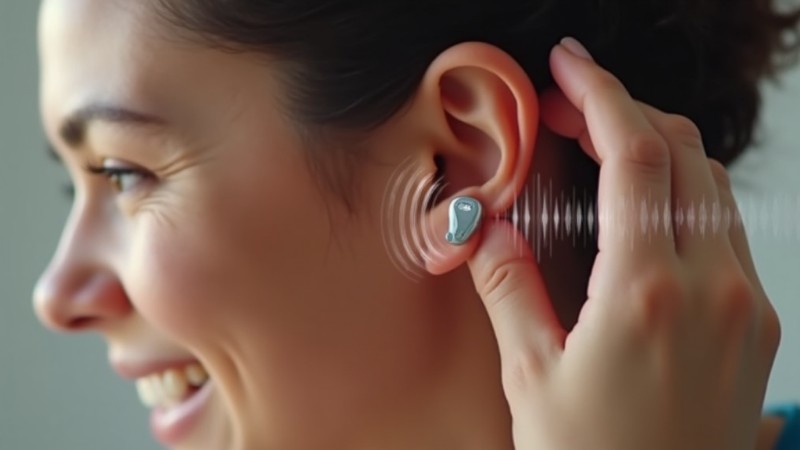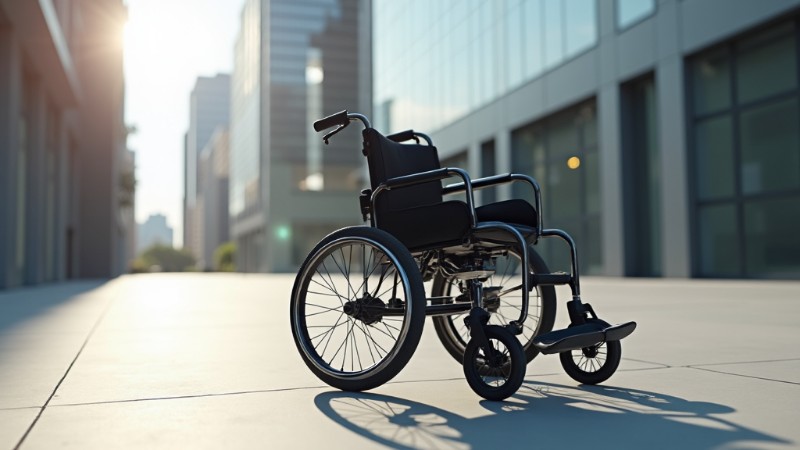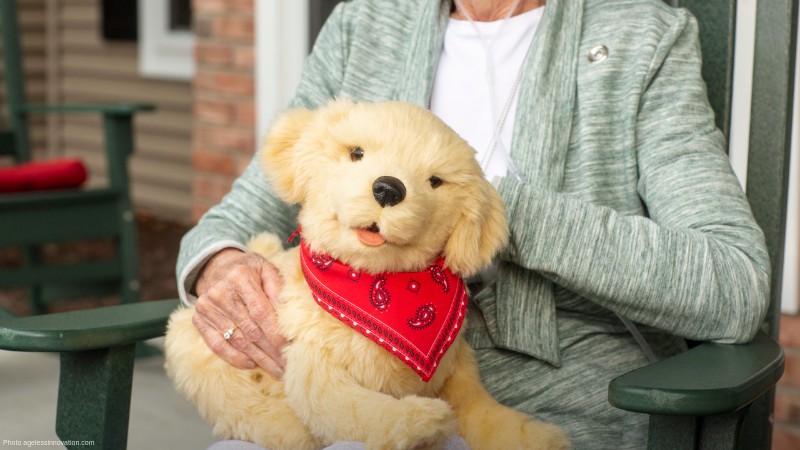The landscape of senior care is undergoing a revolution. With advancements in technology and a growing understanding of the needs of older adults, the future of senior care promises to be a harmonious blend of cutting-edge innovation and human compassion.
Medical device technology, assistive devices, smart homes, and elder care robots are at the forefront of this transformation, offering new ways to enhance quality of life while maintaining the essence of empathy and dignity.
Key Takeaways
The future of senior care is a harmonious blend of cutting-edge technology and human compassion, enhancing quality of life while maintaining empathy and dignity.
- Medical device technology offers new ways to enhance senior health management with tools like wearable health devices, automated medication dispensers, and telehealth-compatible devices.
- Assistive devices empower seniors to maintain control over their lives while ensuring safety and convenience, including mobility aids, communication devices, and sensory technologies.
- Smart homes provide a safer and more convenient living environment for seniors, integrating remote health monitoring systems, voice-controlled assistants, and security features.
A global shift in senior care needs
Medical device technology is revolutionizing how we approach senior health management. Older adults often face chronic illnesses such as diabetes, hypertension, and heart disease, which require consistent monitoring and care. Modern medical devices provide seniors and their caregivers with tools that are not only accurate but also easy to use, ensuring better health outcomes and greater independence.
For instance, wearable health devices like smartwatches equipped with ECG monitoring, fall detection, and oxygen saturation tracking have become essential tools for seniors. These devices provide real-time health data, allowing early detection of potential issues and timely medical intervention. Additionally, automated medication dispensers help seniors adhere to complex medication schedules, reducing the risk of missed doses or accidental overdoses.
Portable infusion pumps and at-home dialysis machines enable chronic disease management in the comfort of a senior’s home, eliminating the need for frequent hospital visits. Similarly, telehealth-compatible devices like blood pressure monitors and glucose meters allow seniors to share data with their healthcare providers remotely, making routine check-ups more accessible.
These technologies not only improve health outcomes but also ease the burden on caregivers, creating a safer and more efficient care environment. However, their success lies in their seamless integration into seniors’ daily lives, emphasizing usability and accessibility.
Technology that keeps seniors in control
Assistive devices are foundational to senior care, bridging the gap between physical limitations and an independent lifestyle. From simple tools like walkers and canes to advanced assistive technologies, these devices empower seniors to maintain control over their lives while ensuring safety and convenience.
For seniors with mobility challenges, wheelchairs, motorized scooters, and stairlifts provide freedom of movement both inside and outside the home. Devices like these reduce the risk of falls, a leading cause of injury among older adults, and enable them to participate in everyday activities with greater confidence.
In addition to mobility aids, assistive technologies tailored to communication and sensory needs are transforming how seniors engage with the world. For instance, speech-generating devices allow seniors with speech impairments to communicate effectively, while hearing aids with Bluetooth connectivity ensure better integration into social environments.
Screen magnifiers and text-to-speech software are further examples of how assistive devices cater to the unique needs of older adults. Beyond physical benefits, assistive devices have a profound psychological impact, fostering a sense of autonomy and dignity.
Seniors who can perform daily tasks independently are more likely to remain socially active, reducing feelings of isolation and improving overall mental health.
Smart living for a safer future
Aging in place—remaining in one’s own home as long as possible—has become a preferred option for many seniors, and smart home technology is making this a viable and safer choice. With a range of automated systems and AI-powered solutions, smart homes offer an environment that is both convenient and secure.
Voice-controlled assistants like Amazon Alexa or Google Home have become invaluable tools for seniors, enabling them to control lights, thermostats, and appliances with simple voice commands. For those with mobility or dexterity challenges, these features reduce physical strain and enhance daily living.
Security is another critical component of smart homes. Surveillance cameras, motion sensors, and smart doorbells provide real-time updates to family members or caregivers, ensuring that seniors are safe. Smart locks and alarms add an extra layer of protection, offering peace of mind to both seniors and their loved ones.
Perhaps the most transformative aspect of smart homes is their ability to integrate remote health monitoring systems. Devices that track heart rates, blood pressure, or oxygen levels can be connected to centralized systems that alert caregivers or healthcare providers in case of anomalies. These systems also come equipped with fall detection sensors that trigger immediate assistance when necessary.
While smart homes enhance physical safety and convenience, their success lies in their ability to address emotional needs as well. By allowing seniors to maintain their independence, these technologies contribute to their self-esteem and quality of life.
The role of robots in elderly care
Robots are no longer a futuristic concept; they are rapidly becoming an integral part of elder care, offering support that goes beyond traditional caregiving. Designed to assist with daily tasks, provide companionship, and even address emotional well-being, these machines are redefining what is possible in senior care.
Companion robots, such as Pepper and PARO, are designed to interact with seniors in meaningful ways. PARO, a therapeutic robot in the form of a baby seal, has been shown to reduce stress and promote emotional comfort in seniors with dementia. Pepper, on the other hand, can engage in conversation, remind seniors to take medication, and even lead group activities in care facilities. These robots alleviate loneliness, a common issue among older adults, and provide a sense of companionship that complements human interactions.
Functional robots are another game-changer in elder care. These machines assist with tasks such as fetching items, cleaning, or even helping seniors out of bed. For example, robotic exoskeletons can aid seniors with limited mobility in walking, giving them greater independence and reducing the strain on caregivers.
In care facilities, robots are also being used to monitor health conditions and ensure safety. Some robots can measure vital signs or detect falls, sending real-time alerts to caregivers. Others are equipped with AI algorithms to analyze behavioral changes, which can be early indicators of health issues.
While robots cannot replace the human touch, they excel in areas where consistency and precision are needed. By handling routine or physically demanding tasks, robots free up caregivers to focus on emotional support, creating a more holistic approach to elder care.
Balancing innovation and empathy
As technology continues to advance, it is crucial to ensure that the human element of senior care is not overshadowed. Tools like medical devices, assistive technologies, smart homes, and robots offer incredible benefits, but they are most effective when integrated with compassionate caregiving.
The role of caregivers remains irreplaceable. Whether it’s providing emotional support, listening to seniors’ stories, or simply being present, these human interactions are vital for the well-being of older adults. Technology should serve as an enabler, reducing the physical and logistical burdens of caregiving, allowing caregivers to focus on building meaningful connections.
The adoption of these technologies also requires careful consideration of accessibility and affordability. Policymakers, healthcare providers, and technology developers must collaborate to ensure that these innovations are widely available and user-friendly. Training programs for both seniors and caregivers can help bridge the digital divide, empowering everyone involved to make the most of these tools.
Technology acts as a partner to caregiving, enhancing lives without replacing the heart of what it means to care. As we move forward, let us remember that the true measure of progress lies not in innovation alone, but in our ability to use it to uphold the humanity of those we serve.






